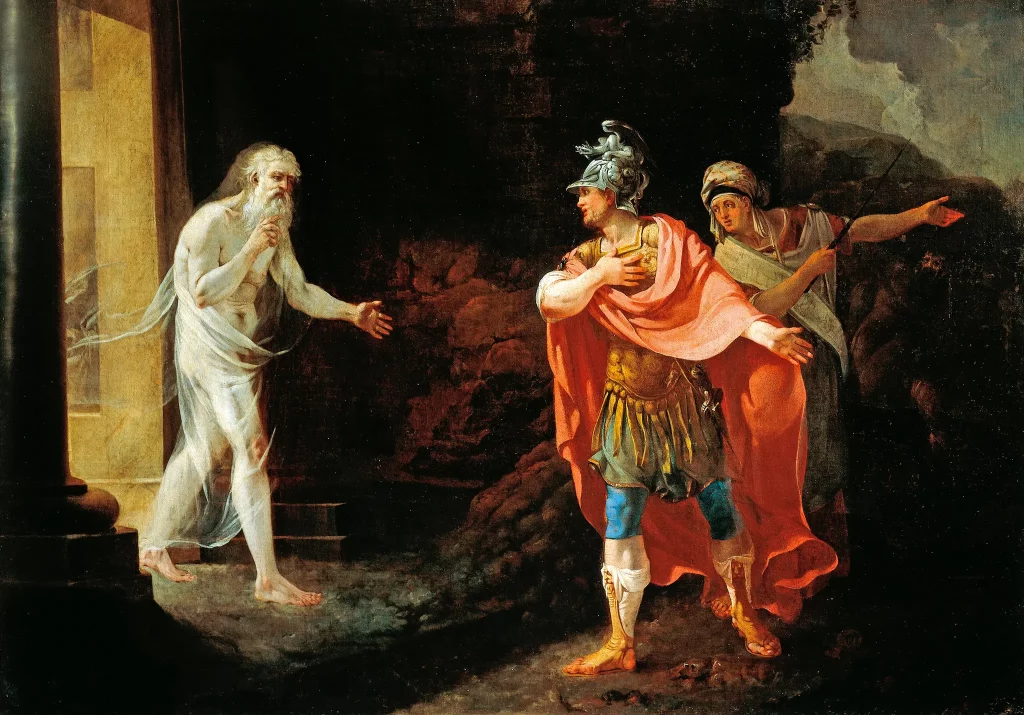This week I had a request from a client that made me reflect on how differently terms are used in different subjects, and how confusing this can be for all of us. At best it may mean that we are talking at cross purposes; at worst, it can mean focusing on areas that aren’t important, to the detriment of progress overall.
For much of my career I taught English language and English literature as subjects, as well as Latin. My first job indeed was advertised as “English with Latin” and for much of my career in schools around 50% of my timetable was filled with teaching English. It’s how one survives and earns one’s keep as a classroom teacher in a niche subject, especially in the state sector. English departments are always very large and always have a high turnover: consequently, there is always a little bit of room for you if you can offer it as a subject. This was how I was able to ring up a school which was advertising a very part-time Latin job and tell them that I needed a full-time job and could teach English up to GCSE. Did they have room for me in their school? Of course they did! Suddenly a role which was advertised as 0.4 became a full-time post overnight.
But back to defining our terms. Comprehension is an important skill in the subject English. Reading comprehension is used (for better or for worse) to test students’ ability to read and understand a lengthy passage of writing, extract key bits of information from it and assess its tone; they may also be asked to identify areas of bias or nuances which indicate the author’s viewpoint or opinion. Many students find comprehension remarkably difficult and as a strong reader myself I’ll be honest and say that I found this tricky to address; in my opinion, I was never a particularly brilliant English teacher because the material came so easily to me that I wasn’t very good at identifying the ways in which I could help those students for whom it was more of a struggle; Latin I had to work at, which makes me a better practitioner when it comes to teaching. But whatever my personal failings, there is no question that comprehension is a challenging and complex area in the teaching of English and it’s certainly a skill which students need to practise.
This, no doubt, is what led my client to request a focus on comprehension skills. But “comprehension” in Latin – by contrast to how this term is used in English – is an entirely different beast, certainly in the language paper at GCSE level. Students are not asked to sift a long passage for information, nor are they asked to identify connotations or empathise with the writer’s viewpoint. In Latin, the examiners direct the students to the information by quoting it, then basically ask them to translate what’s there. For example, the first sentence of a passage might be as follows:
Tarquinius erat rex Romanorum.
(Tarquinius was the king of the Romans).
The first “comprehension” question would then be:
Q1. Tarquinius erat rex Romanorum (line 1): who was Tarquinius? [2]
Not only does the examiner direct students to the relevant bit of the Latin by quoting it, they demand merely the ability to translate what’s in front of them. Comprehension is therefore not a complex skill which requires a great deal of repeated practice. Sometimes students need to be encouraged to take their time and ensure that they have written down everything that the mark scheme requires, but that is generalised exam technique – look at the number of marks and consider whether you have answered all aspects of the question. It’s not a unique skill in itself, like the process of comprehension is for students and teachers of English. Comprehension questions in the literature examination are also largely “say what you see” with the exception of those questions which ask about style – these, children do need repeated practice with. These areas I have addressed in more than one post in the past.
Another misconception which many people have is that “grammar” is something separate from “translation”. This really gets to the heart of Latin as a subject and belies why so many children need help with it. Grammar is not an optional bolt-on, it is the beating heart of how the language works. An extraordinary number of people will say when they get in touch with me that their child is “okay with translating” but “struggles with the grammar”. Sadly, this means that their translation will be based on guess work and indeed they may have got lucky to date – but as things get harder they will fall apart and find that they can comprehend very little of what’s in front of them.
Much of my sessions are spent asking students to justify their translation – when they tell me that rex Romanorum means “the king of the Romans” … was that a guess based on the fact that they know the vocabulary? Or can they identify the fact that Romanorum is genitive plural, which is why it translates as “of the Romans”? If they can’t do that, they will never be able to translate more complex sentences. My focus is therefore to present students with a variety of sentences using vocabulary that is familiar but to challenge them to identify and articulate the morphology and syntax that makes the translation work.
It is important to be able to explain to clients how our particular subject may differ from areas in which they may be quite an expert, so that they can make more informed decisions about how and why their child needs support and the best ways to provide this at home. Pretty much everyone I meet wants to support their children in their studies, and giving them concrete guidance on how they can do so is one of the many pleasures of tutoring.








